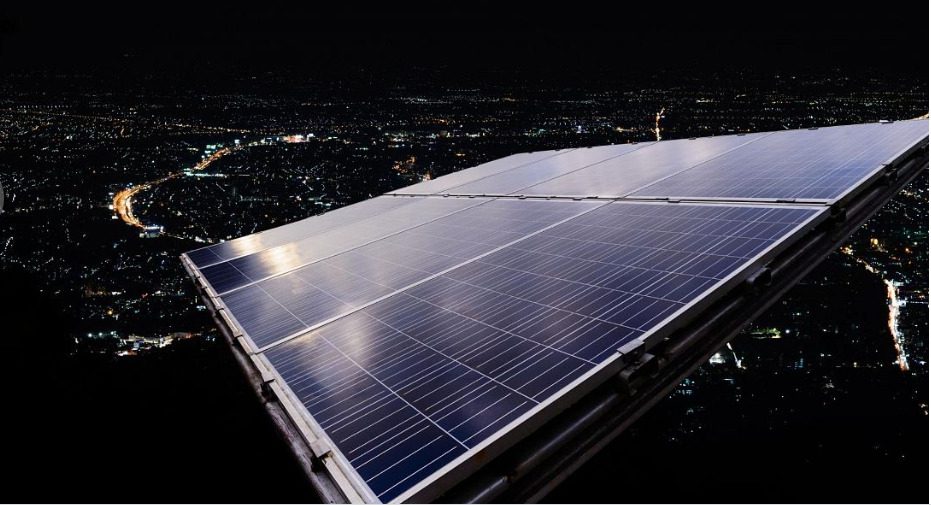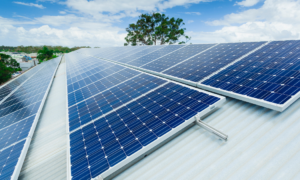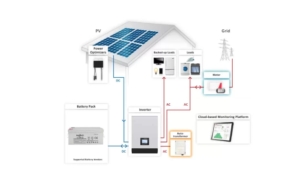Off-grid and hybrid solar systems can use solar batteries as energy storage devices. It is sometimes referred to as a solar panel battery, a solar power battery, or a solar battery storage device. Solar batteries can provide emergency power when paired with a solar controller, a solar inverter, or a battery bank. A higher current intensity can be provided using batteries instead of solar panels. This would be the case if multiple electrical appliances were in use simultaneously.
How Do Solar Batteries Operate?
When the photovoltaic panels aren’t producing enough electricity, the batteries kick in to keep the system running, for instance, at dusk or when the light is dimWhen the solar panels can produce more electricity than the electrical system needs, they supply all of it and use the rest to charge the batteries.
Photovoltaic modules provide electrical energy converted into chemical energy via batteries. A chemical reaction occurs when two distinct materials, such as the positive and negative plates, are immersed in the electrolyte. Sulfuric acid and water are used to make the electrolyte.
As soon as a connection is made between the positive and negative poles of the battery, electricity begins to flow.
During the battery’s life, lead in the plates becomes more and more homogeneous. The voltage between terminals is lower at this point as acid density falls. The cycling resistance of a battery refers to the battery’s capacity to maintain a steady charge and discharge cycle.
Few Things to Keep in Mind Purchasing of Solar Batteries
- Capacity: Amperes (A) measure capacity, which refers to how much current can be drawn from an accumulator when it is fully charged and discharged.
- Efficiency in charging: To measure a battery’s charging efficiency, you divide its total charge by the full charge. Because of this, the closer to 100%, the better it is. As for
- Self Discharge: An electric accumulator’s tendency to discharge itself when not in use is known as self-discharge. Usually good quality batteries have low self discharge capacity which means they can work for a longer time.
- Depth of Discharge: The volume of waste that is being expelled. While fully loaded, the amount of energy that may be extracted from a discharge (per cent).
How Long Does a Solar Battery Last?
Normally solar batteries typically have ten years of useful life in a battery.
Deep discharges (more than 50%) have a devastating effect on a battery. To avoid exceeding 50% of the discharge capacity, it is recommended to add enough power.
Temperature is yet another critical consideration. Ten years of service can be expected from solar batteries, provided the temperature is between 20 and 25 degrees Celsius. On the other hand, the usable life can be halved if the temperature is lowered by 10 degrees Celsius.
How Environmentally Harmful Are Solar Batteries?
It’s never a good idea to dispose of solar storms in the garbage. They need to be collected thematically to get them to a recycling facility. Batteries contain essential resources that can be used more efficiently.
Manufacturers call recycling companies after the batteries have been used in laundries and other equipment and the mercury and other metals have been retrieved.
Conclusion
Batteries for solar power are energy storage devices. During periods of low demand, they store the electricity generated by solar panels and supply it at times of high need, Solar batteries convert electrical energy into chemical energy at the time of charge. When the battery is discharged, its chemical energy is converted back into electrical power.
Find us on: https://naturalsolar.com.au/



































